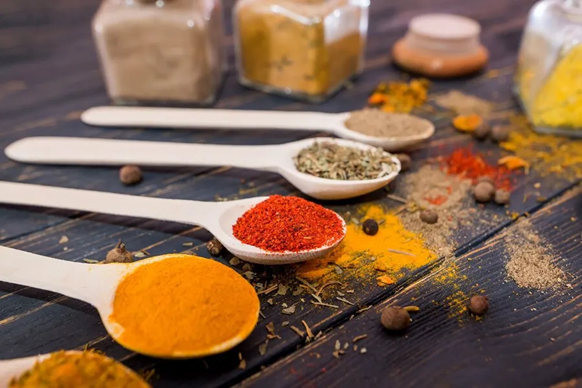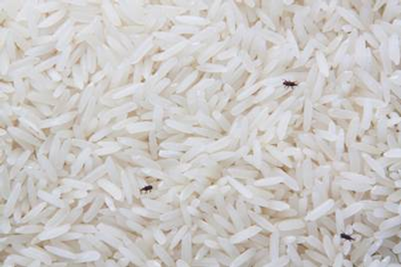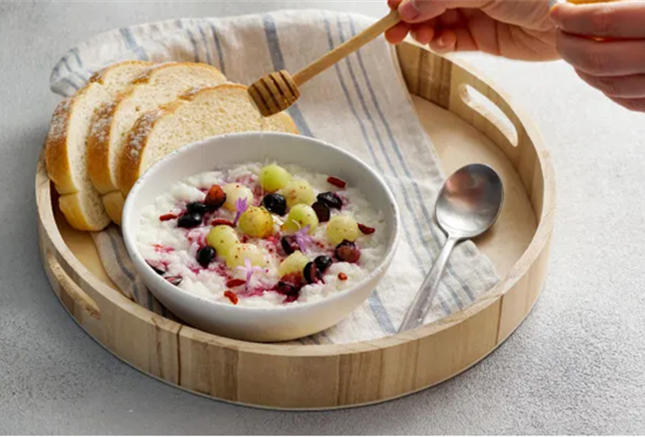Introduction
Pesticides play a significant role in food production. They are often used to protect crops from insects, weeds, fungi and other pests, in order to increase the yield of crops. While pesticides are useful in protecting crops, they can potentially be toxic to humans, if large amounts are present in food, such as vegetables and fruits.
This article provides more information on the use of pesticides in food, the impact of pesticide residue on human health and sheds more light on what are maximum residue limits (MRLs) and how can consumers protect themselves from exposure to pesticides.
Why are pesticides used to grow crops?
Using pesticides to grow crops can boost the quality and yield of food crops which will better provide for food security. Pesticides can be classified according to the types of pests which they kill:
- Insecticides - insects
- Herbicides - weeds
- Rodenticides - rodents (rats and mice)
- Fungicides - fungi
- Larvicides - larvae
Are pesticides harmful to our health?
For vegetables and fruits, a key concern among consumers is the level of pesticide found in these food. Trace amounts of pesticide, known as pesticide residues, may remain in or on vegetables and fruits after its application to crops. In certain cases, long-term ingestion of excessive pesticide residues by consuming such food exposed to pesticides may possibly lead to cancer and cause damage to reproduction, immune and nervous systems.
Although pesticide residues tend to decrease over time as vegetables and fruits are washed or processed, we should ensure that pesticide residues are kept below what we call maximum residue limits (MRLs). Let’s explore more about MRLs and SFA’s food safety programme for pesticides.
What is the maximum residue limit (MRL) ?
MRLs are regulatory standards determined by national authorities or international food safety standard setting organisations, such as the Codex Alimentarius Commission*, to ensure that farmers adhere to the approved pesticide usage pattern and to minimise the amount of pesticide residues present in food. This means that if farmers follow the approved pesticide usage pattern, the resulting residues should be no more than the MRL.
MRLs are not food safety limits. MRLs are established with a large safety margin and therefore, food found to exceed MRLs does not necessarily mean that it is unsafe for consumption.
How does SFA ensure that vegetables and fruits in Singapore are safe to eat?
Routine inspections
SFA has in place an integrated food safety system from farm-to-fork to ensure that food is safe for consumption. As part of our food safety programme, vegetables and fruits, as with other types of food, can only be imported by licensed importers, and every consignment must be declared and accompanied with a valid import permit. Fresh vegetables may be inspected upon import to ensure compliance with our food safety requirements. We also conduct stepped up, surprise checks in addition to our routine inspections.
Laboratory testing
Samples of imported and locally produced vegetables and fruits are tested for the presence of pesticide residues. These samples are tested to check that they do not exceed the MRL for pesticides. Sampling and testing are performed at the point of import, as well as those in the market. Our food safety programme ensures that products which fail our food safety tests will not be allowed for sale, and appropriate enforcement action will be taken.
Regulating pesticide use in local farms for local produce
For local farms, pesticides used for the commercial cultivation of plants for local food production must be registered with SFA. Only pesticide operators certified by SFA can apply or supervise the use of pesticides on farms. They must follow the label instructions and wear the appropriate Personal Protective Equipment (PPE) in order to use the pesticides safely. This ensures compliance with requirements for environmental safety, workers’ safety during pesticide application, and food safety when used on food crops.
What can we do to reduce our exposure to pesticides?
Food safety is a joint responsibility shared between the Government, industry and consumers. Food can be contaminated anywhere along the food chain. While SFA continues to be vigilant and works to ensure that regulatory measures are in place and properly enforced, we need the food industry and consumers to play their part too. Industry can play their part by avoiding the excessive use of pesticides on produce and sourcing vegetables from reliable sources that are able to meet our food safety standards and requirements.
Consumers can play their part to ensure the food they purchase is safe to eat by following these tips:
- Wash vegetables well before consumption. Generally, a 30-second rinse followed by a 15-minute soak and a final rinse will help to remove a significant portion of pesticide residues. Pay attention to the base of vegetable stems since dirt or residues tend to get trapped there.
- Gently rub the surface of fruits and vegetables while rinsing to help remove pesticide residue.
- Peeling of skin from fruits can help eliminate pesticide residues as most of the residue is found on the surface of the fruits.
*The Codex Alimentarius Commission is the international food standards body established by the Food and Agricultural Organization of the United Nations and the World Health Organization.



